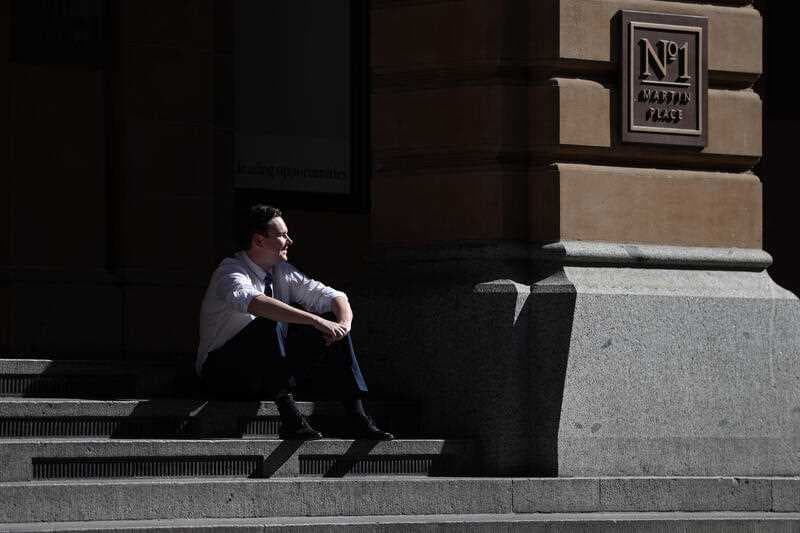It now sadly appears that we have said goodbye to unemployment below 4%. It was, however, a level of unemployment the Reserve Bank believed was not sustainable.
Thu 18 Sep 2025 16.00

Photo: AAP Image/Jane Dempster
The August labour force figures show employment fell by 5,400 people and that while unemployment remained steady at 4.2%, the trajectory is towards higher unemployment unless the Reserve Bank keep cutting rates to provide needed stimulus.
While the seasonally adjusted rate of unemployment stayed at 4.2% the trend rates rose to 4.3%, which reflects the reality that unemployment has been on an upward path for most of this year.
The RBA interest rate increases clearly slowed the economy and caused businesses to stop hiring and cut hours. Thankfully the RBA has now begun cutting rates, but the upward path of the unemployment rate does suggest that more rate cuts are needed to prevent a greater loss of jobs.
Indeed, it now sadly appears that we have said goodbye to unemployment below 4%. For just over 3 years from the end of 2021, Australia’s unemployment rate was around or below 4%. This was a historic level that had not occurred for 50 years.
It was, however, a level of unemployment the Reserve Bank believed was not sustainable. It believed that unemployment at that level was causing inflation to rise – even though wage growth remained under control and inflation itself was falling. The RBA thus raised interest rates in an effort to force people into unemployment. And the strategy has unfortunately worked.
Australia’s unemployment has now been above 4% for 8 straight months. The opportunity to lock in historic low unemployment appears lost due to the Reserve Bank’s devotion to ideology that there needs to be around 4.5% unemployment in order to have low inflation.
The labour force figures also show that the level of hours worked is growing slower not just than a year ago, but slower than the decade before COVID – a period noted for the weakness of the economy.
Even more concerning is that in August full-time employment fell by 40,909, while part-time employment rose 35,312. This suggests an economy slowing as employers cut back on the more secure and usually permanent full-time work and instead seek fewer hours from workers in less secure part-time work.
Somewhat surprisingly unemployment has fallen, however this appears driven by a big drop in the underemployment of young workers – especially women. While that would be usually a good sign, it seems to be due mostly to a large fall in young people participating in the labour force – thus it is not so much that there a fewer underemployed, but rather there are more young people not even looking for work or more hours.
